Ask Ethan: Why are inertial and gravitational mass equivalent?
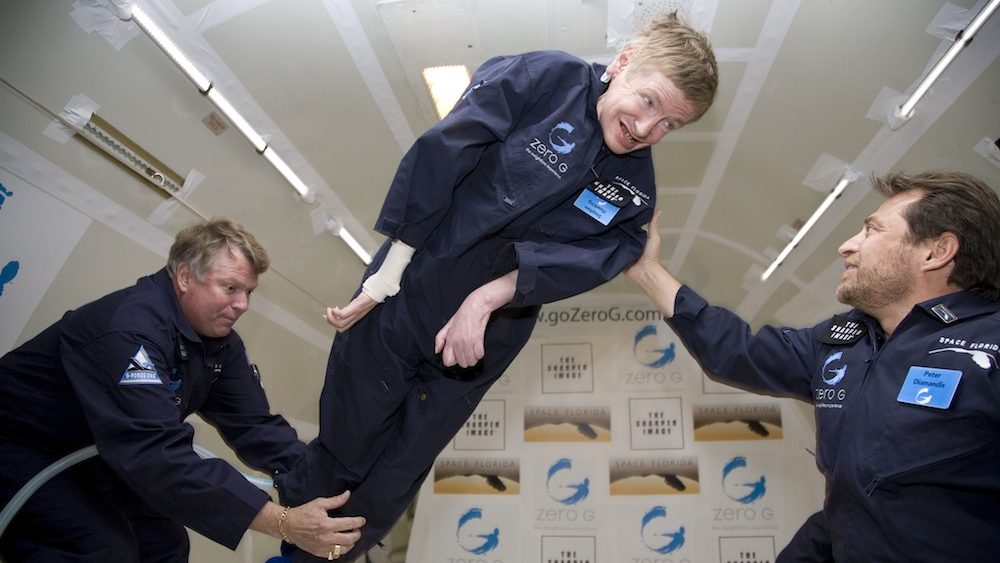
- There are two places where masses accelerate in physics: when you apply a force to them, as in Newton’s F = ma, and when they experience gravity, as in Einstein’s general relativity.
- It was back in 1907 that Einstein had what he called his “happiest thought,” where he realized that acceleration due to gravity was the same as due to any other force: his equivalence principle.
- Although this principle is true, there is no fundamental, underlying reason that demands it must be true. So why, then, are these two types of mass — inertial and gravitational — equivalent?
Here in our Universe, we don’t have just one kind of mass that objects can possess. Instead, there are different types of mass that arise in different contexts. If you want to accelerate a mass — i.e., to change its motion — you’re interested in its inertial mass, or the mass that resists changes to its otherwise constant motion. (This is also the “m” in Newton’s famous equation, F = ma.) If you want to know how much gravity an object causes, you need to know its gravitational mass, or the total amount of gravitational energy that causes the fabric of spacetime to curve. And, although it seems unrelated, there’s also the rest mass that all massive objects possess: the “m” in Einstein’s most famous equation, E = mc².
Even though there’s no fundamental reason that these different types of mass should be equivalent to one another, it’s an idea that has been around for a long time. It was suspected by Newton hundreds of years ago, and the first very strict tests were performed by physicist Loránd Eötvös from the 1880s through the 1920s, for whom the famed Eötvös experiment is named. But, at a fundamental level, why are these two types of mass — inertial and gravitational — equivalent? It’s a question so puzzling it was posed to me by another physicist, Prof. Lionel Crews, who read a recent article on why weight and mass are not the same and inquired:
“Why is it that the inertial mass (as in Newton’s second law) is equal to the gravitational mass (as in Newton’s law of gravity)?”
Even though this isn’t a question that has a 100% firm, solid answer even today, it’s one we can explore to reveal some profound truths about nature. Let’s check it out.

When we talk about inertial mass, this is the mass of an object that responds to an applied (or net) force that acts on it. The original principle of relativity — that objects in constant motion will remain in constant motion, and that the laws of physics will appear identical in constant motion as they would appear to someone at rest — goes back at least to Galileo, and arguably even before. However, if something is not in constant motion (or constantly at rest), but rather undergoes a change in its motion (i.e., an acceleration), it must be due to the application of some sort of force: an insight first codified by Isaac Newton in his simple but powerful equation, F = ma.
The “m” that appears in that equation, F = ma, is what we mean by inertial mass. When some sort of force acts on that object, or when some particle with momentum collides and interacts with that object, that object’s motion is going to change; the inertial mass, m, tells us the answer to, “by how much?” When you step on the gas pedal in a car, the energy of combustion is converted into a force on the wheel-and-axle system, and the resulting force of the spinning tires on the road propels your car forward with a net force that causes it to accelerate. When you hit the brakes in your car, that slows down the spinning of the wheels on their axles, and the friction between the tires and the road causes your car to decelerate. If you ask the question, “What is the amount of acceleration or deceleration experienced by this car?” the answer is the magnitude of that force divided by m, the car’s inertial mass.
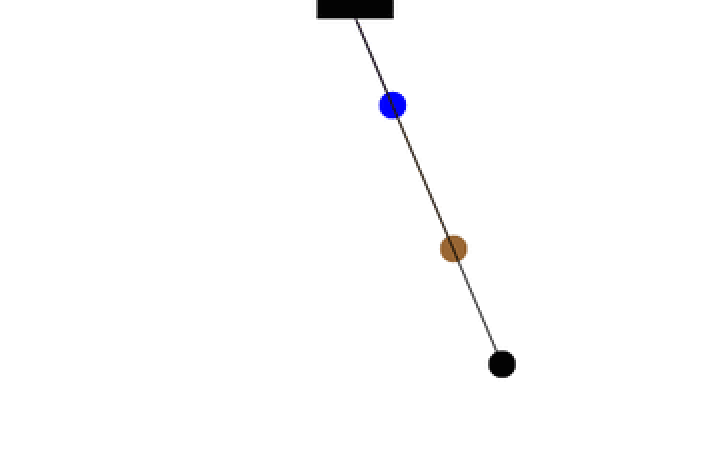
Gravitational mass, however, is something that has long been thought to be fundamentally different. Under Newton’s conception of gravity, the gravitational mass was the property of an object that described the force it would exert on any other object with mass, instantaneously across any distance, as prescribed by Newton’s law of universal gravitation. The idea that an object’s total mass determined the gravitational force it exerted on other objects was not necessarily new to Newton, but his theory was the first to place the idea on a quantitative footing. From objects dropped on Earth to the motion of planets and moons in space, Newton’s gravity explained it all.
But were these two disparate concepts of mass identical? Was inertial mass, which told us “how much” a body that experiences a force accelerates by, and gravitational mass, which told us “how much” force an object with a specific quantity of mass inherent to it would exert under the law of universal gravitation, truly identical to one another? Newton’s original idea was to test this with a pendulum, as the acceleration of the pendulum at every point along its swing would be due to the gravitational force of the Earth acting upon it, but also would depend on the inertia — or resistance to a change in motion — of the mass at the end of the pendulum itself. Via this method, Newton showed that these two types of mass, inertial mass and gravitational mass, were equivalent to about 1-part-in-1000.
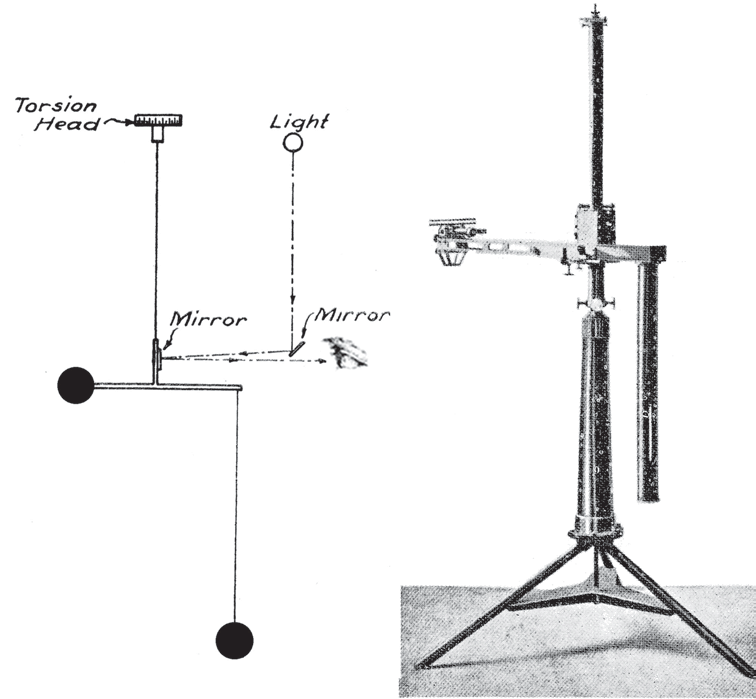
Although there were improvements made on Newton’s original pendulum setup, such as by Friedrich Bessel (most famous for measuring the first parallax of a star and for the Bessel functions that bear his name), they only marginally improved the constraints on how different inertial and gravitational masses could be: to about 1-part-in-200,000. However, when Loránd Eötvös arrived, he was able to test whether inertial and gravitational masses were equivalent using a different setup known as a torsion balance. The idea of a torsion balance is relatively simple:
- you take a rod and suspend it from its center-of-mass by a string,
- you can then attach additional masses to either end of the string,
- and then, due to all of the forces at play, including both electromagnetic and gravitational forces between the masses, the rod, and the Earth, you can measure how the rod rotates, and determine what the various forces at play are.
Through a series of torsion balance experiments, which required accounting for not only the gravitational forces acting on the system but also the Coriolis force from the rotating Earth, Eötvös was able to markedly improve the constraints on how equivalent inertial and gravitational mass were: to about 1-part-in-100,000,000. He further showed that there was no change in the gravitational or inertial forces when you swapped out different types of material for one another, and despite dying in 1919, his work continued to bear fruit on improving constraints throughout the 20th century.

By the 1970s, constraints were down to about 1 part in a trillion (1012), and by 2008, they were improved to show that inertial and gravitational mass differed by no more than 1 part in about 30 quadrillion. Most recently, a satellite experiment known as MICROSCOPE set the strongest constraints to date, showing that inertial and gravitational mass must be equal to 1 part in 1015. With the 2023 revelation that this applies equally well to matter as it does to antimatter, we have every indication that inertial and gravitational mass are completely equivalent to one another, everywhere and all throughout the Universe.
That’s all well and good, but the big question remains: why is this so? Why do inertial and gravitational mass equal one another exactly, with no deviation at all?
We can trace the germ of this idea of equivalence back to Einstein. After the development of his special theory of relativity — where he showed that the speed of light was a constant for all observers, but that quantities like distance, speed, and the passage of time were not constant — Einstein swiftly recognized that Newton’s conception of gravity couldn’t be strictly correct. The idea that a force would depend on the distance between two objects couldn’t be right, since if the distance between objects was observer-dependent, then the force between them must be observer-dependent too, and that couldn’t be right. After thinking about this, he had an idea that he later referred to as “his happiest thought.”

This idea is what, today, we know as Einstein’s equivalence principle. In its simplest form, it says that inertial and gravitational mass are equivalent by their nature, and that this is because the acceleration that’s due to gravity is no different than the acceleration due to any other force in the Universe. If, for example, Newton told us that F = ma, then why would nature care whether that F was due to gravity versus if it were due to any other, non-gravitational force?
According to Einstein, it wouldn’t matter, and in fact couldn’t matter. If you were in a closed room, and then dropped a ball from rest, and observed it to accelerate downward at 9.8 m/s², you would have no way of knowing whether you were:
- at rest on the Earth, and the acceleration was due to the force of gravity,
- or whether you were in a room that was accelerating “upward” due to some external force, like being pulled (such as in an elevator) or pushed (such as from a rocket’s thrust).
In fact, Einstein argued, there wouldn’t be any experiment you could perform that would make a measurable difference. Acceleration was acceleration regardless of the cause, and the amount that you accelerated by would always be equal to the force on that object divided by its mass; whether you called it an “inertial” or a “gravitational” mass made no difference. Mass was simply mass, and that was the story.
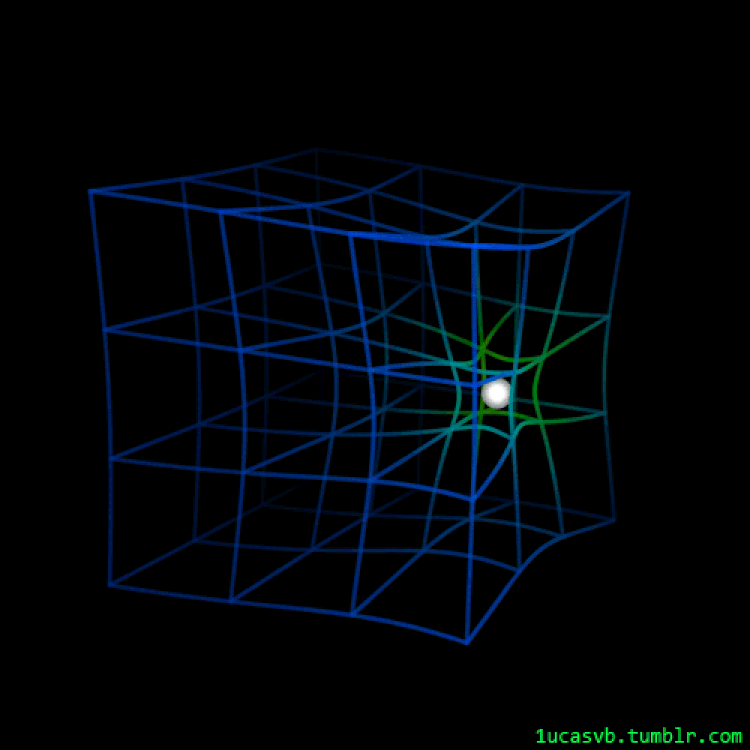
This immediately led to some fairly spectacular predictions. First, it provided the foundation for what would become the general theory of relativity, as the equivalence principle tells us that whatever the “spacetime” is that all objects travel through, it cannot be perfectly flat and unchanging; the presence of mass must curve it. Second, it told Einstein that a phenomenon known as the Einstein shift — a gravitational redshift for light that climbed out of a gravitational field and a gravitational blueshift for light that fell into one — must also be physically real; Einstein first predicted the gravitational redshift for a photon rising out of the Sun’s gravitational field back in 1911, and this was confirmed for photons emitted from a white dwarf in 1954 and for photons in Earth’s gravitational field in 1959.
But this, again, isn’t a satisfying explanation. It doesn’t tell us why these different forms of mass are equivalent; it just tells us that they are equivalent. In fact, even today, we don’t have a unifying, compelling explanation that demands that inertial and gravitational masses must be equivalent; we simply state that they are, show that they are, and perform experiments that indicate that they are equivalent to one another.
However, perhaps there is a way to understand why these two forms of mass must be identical, and that’s to look at a wholly different property of mass and matter: the energy inherent to any object at all.

When you’re an object at rest, your “inherent energy” is given purely by your rest mass, which was given by Einstein’s most famous equation to be E = mc². However, not everything is capable of being at rest. If you have no rest mass at all, you can still have an energy, where in this case energy is given by E = pc, where p is the object’s momentum and c is the speed of light. Photons, gluons, and all other massless particles will always have a momentum, as they can never ever be at rest.
What about massive objects that are in motion? Their energy isn’t simply given by Einstein’s E = mc², but rather is described by a slightly more complicated formula: E = √(m²c⁴ + p²c²). Here, m is the rest mass of a particle, c is the speed of light, and p is the object’s momentum. You can easily see that if you set p to zero, that describes a massive object at rest, and you recover the original Einstein formula for mass-energy equivalence: E = mc². Similarly, if you set m to zero, that describes a massless particle in motion, where the energy of that quantum, such as a photon, becomes E = pc.
We have to recognize that whenever we talk about things like “inertial mass” or “gravitational mass,” we’re restricting ourselves to talk about only a specific part of the story: the part of the story where we’re dealing with a massive object — an object with a non-zero rest mass — that’s otherwise at rest, or not in motion relative to its surroundings.
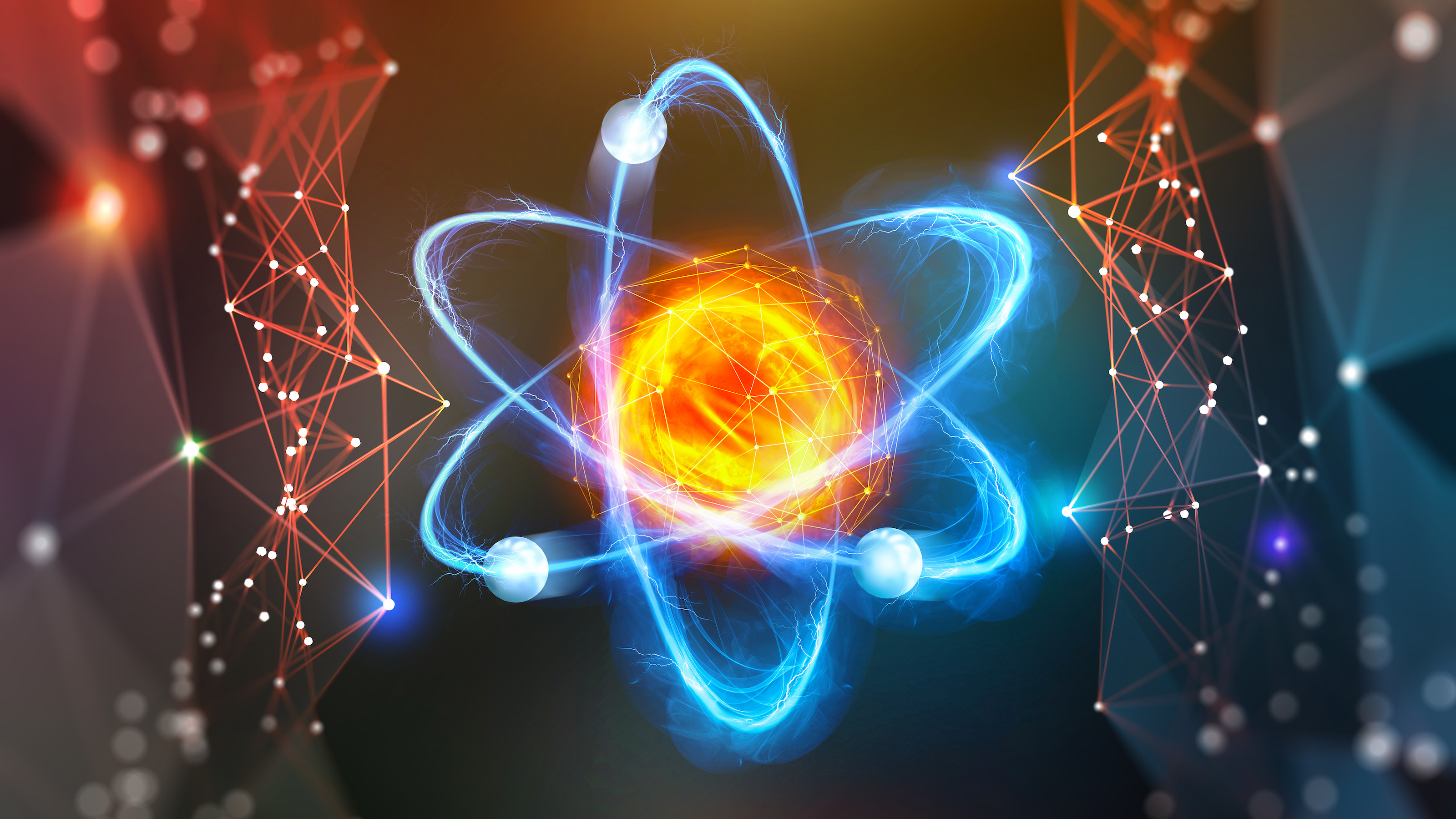
But this isn’t strictly true in our Universe, and definitely doesn’t fully describe the full suite of what we conventionally encounter.
- Sure, electrons have rest mass, but they’re typically found inside atoms, where they zip around the atomic nucleus with significant amounts of momentum, where their typical speed is around 10% the speed of light.
- Protons and neutrons are an interesting case, because while they have rest mass, their rest masses aren’t due to the rest masses of the things that make them up (quarks) inside of them. In fact, their constituents account only for ~1% of their total mass; their masses are primarily due to the binding energy of the strong nuclear force (through the QCD field) that holds them together.
- Atoms and their constituents are often in motion relative to one another, so you can’t simply treat them as being “at rest” arbitrarily, either.
- And then there are photons: particles with no rest mass, whose energy is entirely given by their momentum.
Now we throw the final wrench into the works: momentum is something that’s always observer-dependent, just like speeds, distances, and time are. What we demand out of our physical theories is that they must always give results and predictions that aren’t necessarily equivalent between different observers, but that are consistent between observers. If one observer knows how another observer is moving relative to them, then they should not only be able to report what they measure, but what that other observer will measure from their point of view.

And it’s that reasoning that allows us to answer the original question. Why are inertial mass (i.e., Newton’s F = ma) and gravitational mass (i.e., the “m” in Newton’s law of universal gravitation) equivalent? Because in both cases, we’re actually talking about an object’s rest mass: the energy intrinsic to it (i.e., Einstein’s E = mc²) when it’s not in motion with respect to anything else. If the object is in motion, we need to bring relativity into the equation, and that means considering “more than rest mass” for each component. An object’s “resistance to changing its motion” is no longer given by the m in F = ma, but is rather given by a more complicated formula involving a change in (relativistic) momentum over time. Similarly, an object’s gravitational influence is no longer given by its rest mass (E = mc²), but is instead given by the total amount of energy inherent to it: a combination of energy and momentum.
What our best physics theories — both quantum field theory and general relativity — have in common is that they place these properties, of an object’s resistance to changes in motion and the path through curved spacetime that an object in motion will follow, on a relativistically invariant footing. If you want to know “how an object’s motion will change when it experiences an interaction,” you can calculate that using quantum field theory, and get an answer that’s consistent across all frames of reference. If you want to know “how an object’s motion will change as it moves through curved spacetime,” you can calculate that using general relativity, and get an answer that’s consistent across all frames of reference. And if you switch to the rest frame of that object and ask, “what mass describes these changes that it experiences,” you get the equivalent answer in either case: the rest mass, or E = mc².
Since we don’t have a theory of quantum gravity, or a theory that successfully combines quantum field theory and general relativity, we cannot yet provide a more comprehensive answer to why these two properties — inertial mass and gravitational mass — are equal. But considering where we began and how far we’ve come, there’s a whole lot we can explain today that’s much more satisfying than when the problem was initially posed.
Send in your Ask Ethan questions to startswithabang at gmail dot com!





